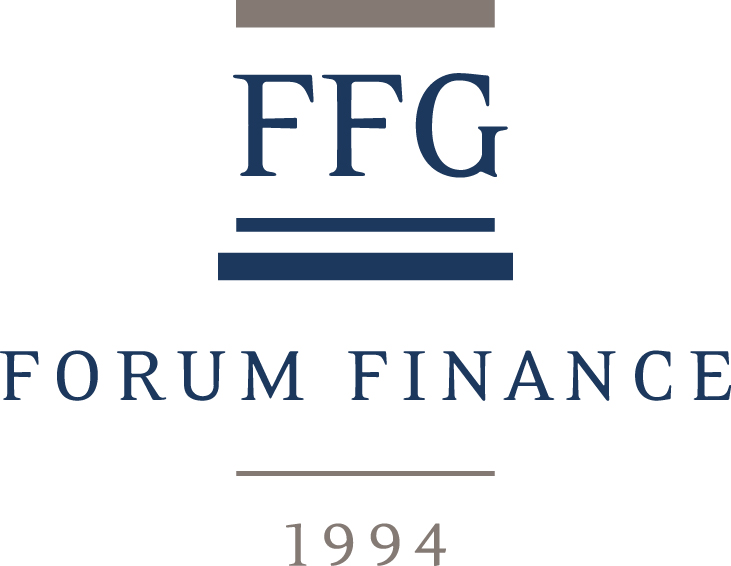Newsletter | April 2025
The Swiss National Bank cuts its key interest rate by 25 basis points to 0.25 per cent in March
11.4% PERFORMANCE OF COPPER
Investment perspective
We have an almost unanimous consensus that recent soft data, such as surveys, are pointing to a likely deterioration in US growth, while the reported growth and inflation releases have been in line with expectations at the start of the year. What will happen if the figures confirm the negative impact of the new US administration’s economic policies on both growth and inflation ? Even if many economists have already revised their forecasts for US growth, indicators following economic surprises do not seem to show any major deterioration. However, we are back in a world where many forecasters are predicting a US recession within two years with a probability of more than 30%. While political uncertainty reigns in the United States, from tariffs to possible major cuts in government spending, the rest of the world, and Europe in particular, is showing renewed optimism. This more constructive attitude towards economies outside the United States stems from an easier reading of economic policies that could have lasting structural effects on growth. The lack of investments has for years undermined the attractiveness and competitiveness of the eurozone. The announcement of substantial spending plans to address, among other things, the vulnerability of supply sources and defence needs is undeniably encouraging investors, as the rally in European markets and the euro seems to confirm. We believe that we are on the verge of significant flows into European assets, due to the under-representation of the zone in portfolios, but above all sustainable because of the structural measures taken by the European authorities in relation to assets outside the United States. Certainly, the movements since the beginning of the year have opened investors’ eyes to the degree of concentration of their portfolio due to the dominance of an ever-smaller number of significant contributors to performance and the imperative need to increase their exposure outside the US. As at the end of the 1990s, so-called ‘value’ assets such as Europe may remain in the penalty box for longer than anticipated but can prove to be very profitable in the event of a lasting turnaround, as US equities have been since the great financial crisis of 2008-2009.
Investment strategy
The next few days will be crucial, with important announcements on tariffs that will provide more clarity on the real impact on growth and inflation. These clarifications can help provide a clearer picture of the new policy framework, which markets, consumers and producers desperately need in order to operate with confidence. As a discounting mechanism, financial markets have already priced in these uncertainties and are now awaiting the announcements with some trepidation to understand the real impact of these new tariffs. In this context, economic growth has been revised downwards and is now expected to be around 1.5%, compared with over 2% at the end of 2024. Despite their one-off effect, the tariffs and their countermeasures will push up consumer prices by almost 3.5% year-on-year. Similarly, downward revisions to US economic growth and S&P 500 earnings growth estimates have been swift. Indeed, higher tariffs will not only hurt growth, but also lead to a new surge in inflation, which could negatively impact the earnings potential of many companies. Earnings growth forecasts for the S&P 500 have been revised sharply downwards from over 10%, with the consensus now expecting low single-digit earnings growth in 2025. The US equity market is the most exposed to the deteriorating economic environment, with the spectre of recession looming. Historically, US equities have fallen around 25% from their peak during recessions.
“35% Probability That the US Economy Enters a Recession During the Next 12 Months” (GS)
Portfolio Activity/ News
The US administration’s flip-flops on economic policy, in particular tariffs, influenced our portfolio activity, which was higher than usual. We started 2025 with an equity bias. However, in the first half of January, we considered it appropriate to reduce our risk for the first time and then to reduce the equity allocation in several steps to an underweight position by mid-March, compared to a near maximum overweight position at the end of December 2024. At the same time, we rotated more towards European equities and away from US equities due to their high valuation, strong performance and growing uncertainties about American exceptionalism. This proved productive as European equities (+5.9% in euro terms) outperformed US equities (-4.6% in US dollar terms). In addition, the euro gained 4.5% against the US dollar following the announcement of a fiscal turnaround in Germany. In euro terms, the difference between the two markets in the first quarter was 15%. After a sharp correction of more than 10% in 22 days (the 6th fastest correction in the last 75 years), while conscious of the risks associated with the tariff announcements of 2 April, we returned our equity allocation to neutral and strengthened our bond allocation by increasing our exposure to emerging market corporates. We continue to favour credit (investment grade and high yield) and European bonds (interest rate sensitivity around 6 years) due to their solid fundamentals, better future growth prospects and attractive carry. In these uncertain times, an allocation to so-called alternative strategies can have a crucial stabilising and risk-reducing effect. We currently favour macro and alternative trend-following strategies.
Download the Newsletter
